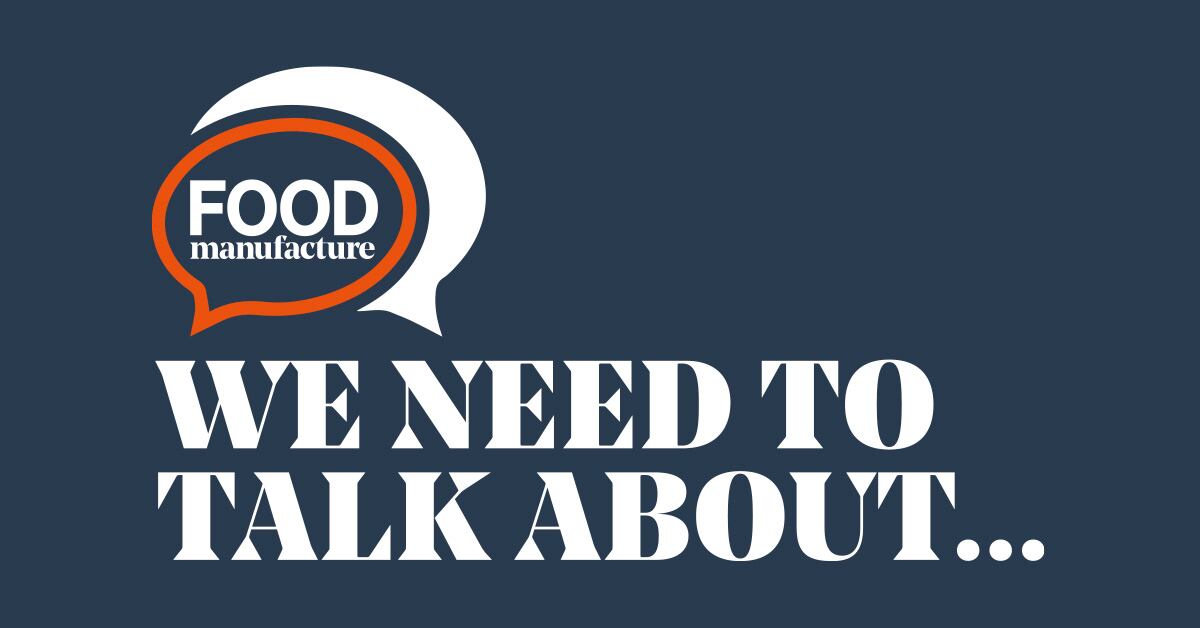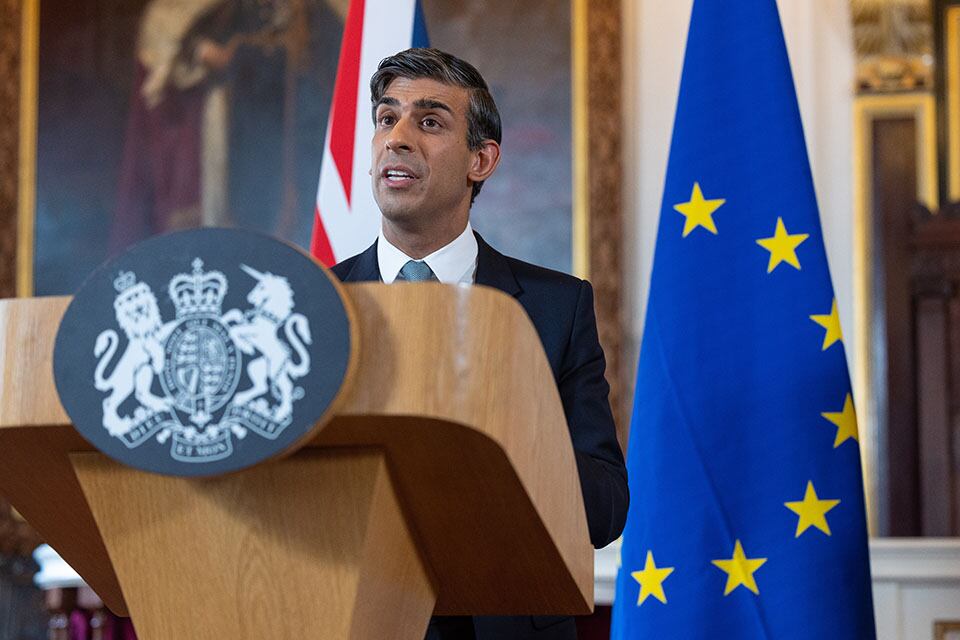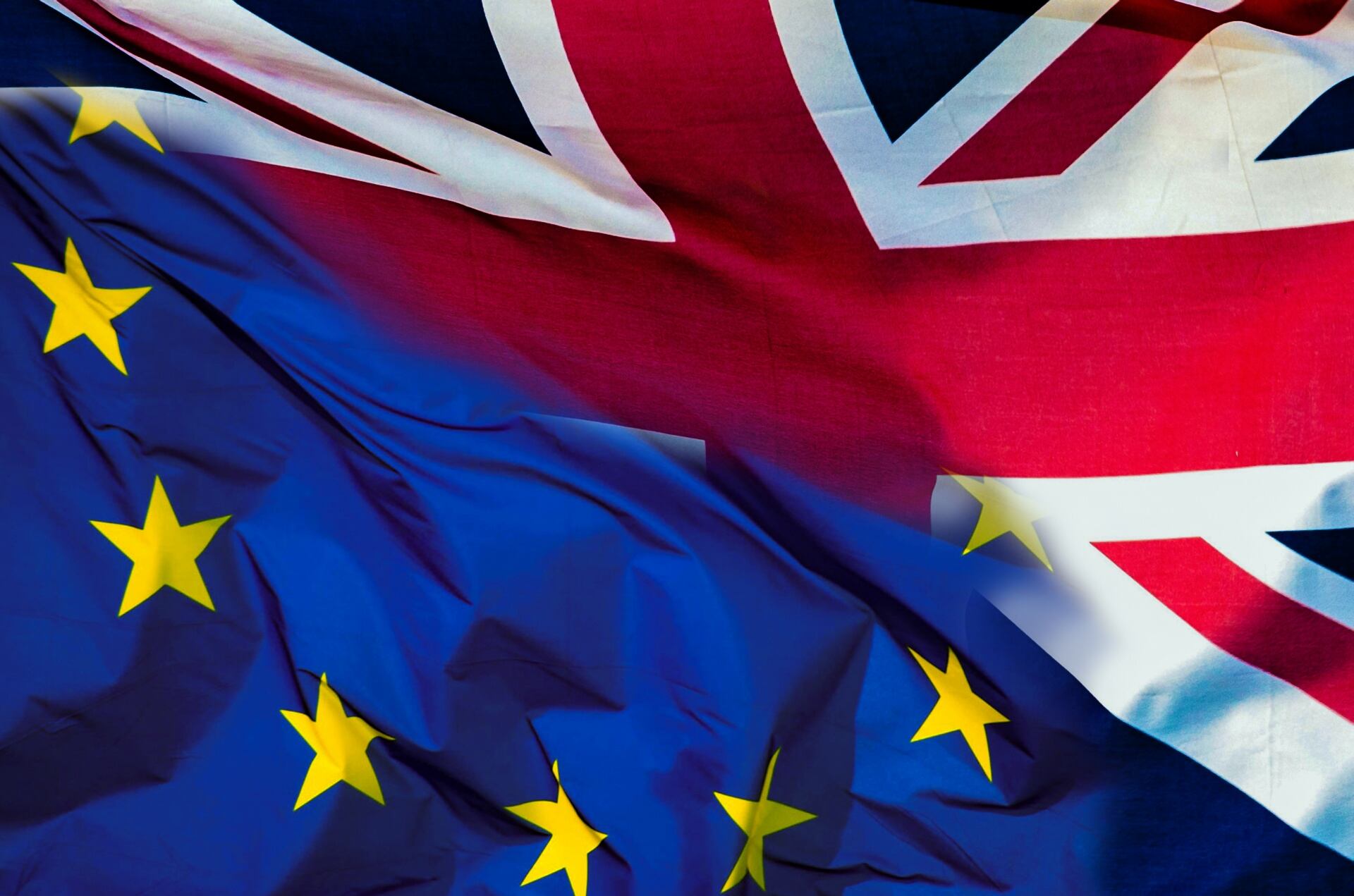The dust has settled after the explosion of publicity surrounding the Windsor Framework and we can begin to assess it without the glare of stage management.
One thing that’s apparent is that it still represents progress over the previous Northern Ireland Protocol, and we shouldn’t lose sight of that. Just how much progress depends upon how it is implemented.
The claim that it avoids both a hard border on the island of Ireland and a border in the Irish Sea is clearly spurious. A necessary red lane for goods not for consumers in GB/NI requires some level of customs checks, even if these are imposed at ports rather than at the physical border. And even green lanes will have limited checks initially.
The pursuit of fully digitalised customs and excise data, particularly a simplified version for green lane users, will undoubtedly make for a more efficient, quicker system – fewer boxes will need completing and paperwork will be minimised. But much will depend on timescales for testing, feedback from the trade and how easily teething problems are overcome.
And there remain some thorny issues. Shifting to on-pack ‘not for EU’ labelling begins from 1 October this year, but some suppliers distribute the same products to the UK and a range of EU countries. The new labelling requirement means products destined for the UK would need to be separated, with different labels that are not multi-lingual introductions, causing significant disruption and cost.
In addition, the Framework has not solved continued problems surrounding livestock movements from GB to NI, particularly with the Movement Assistance Scheme currently due to end this December. The scheme currently reimburses businesses for the cost for Export Health Certificates up to a set amount for those exporting from GB to NI.
Defra recognises that for the Framework to represent real progress on these and other areas, its implementation must entail as much of a reduction in trade and non-trade barriers between NI and GB as possible. The aspiration is sound, but easier said than done. Any system will need to allow for future divergence in UK devolved administrations as much as EU regulatory divergence. Otherwise, such divergence will create unequal costs and obstacles that could potentially be worse, or at least just as bad, as the way trade worked under the original NI Protocol.
Finally, there’s the perennial issue of timescales for discussion with industry. We are rapidly approaching parliament’s Easter recess, during which government work is curtailed. At the same time, work is underway within government to ensure that, where there are overlaps, the Framework and the UK’s draft Target Operating Model (TOM) for UK import border control do not create confusion or contradiction. This will also be holding up publication of the TOM, which has been eagerly anticipated for months.
This is a huge undertaking for all those involved within government. Yet, each passing week lessens the amount of consultation time available for industry on the TOM and the Framework before current deadlines kick in for initial implementation before the end of this year. It’s a race against time with high stakes in which everyone has a vested interest




